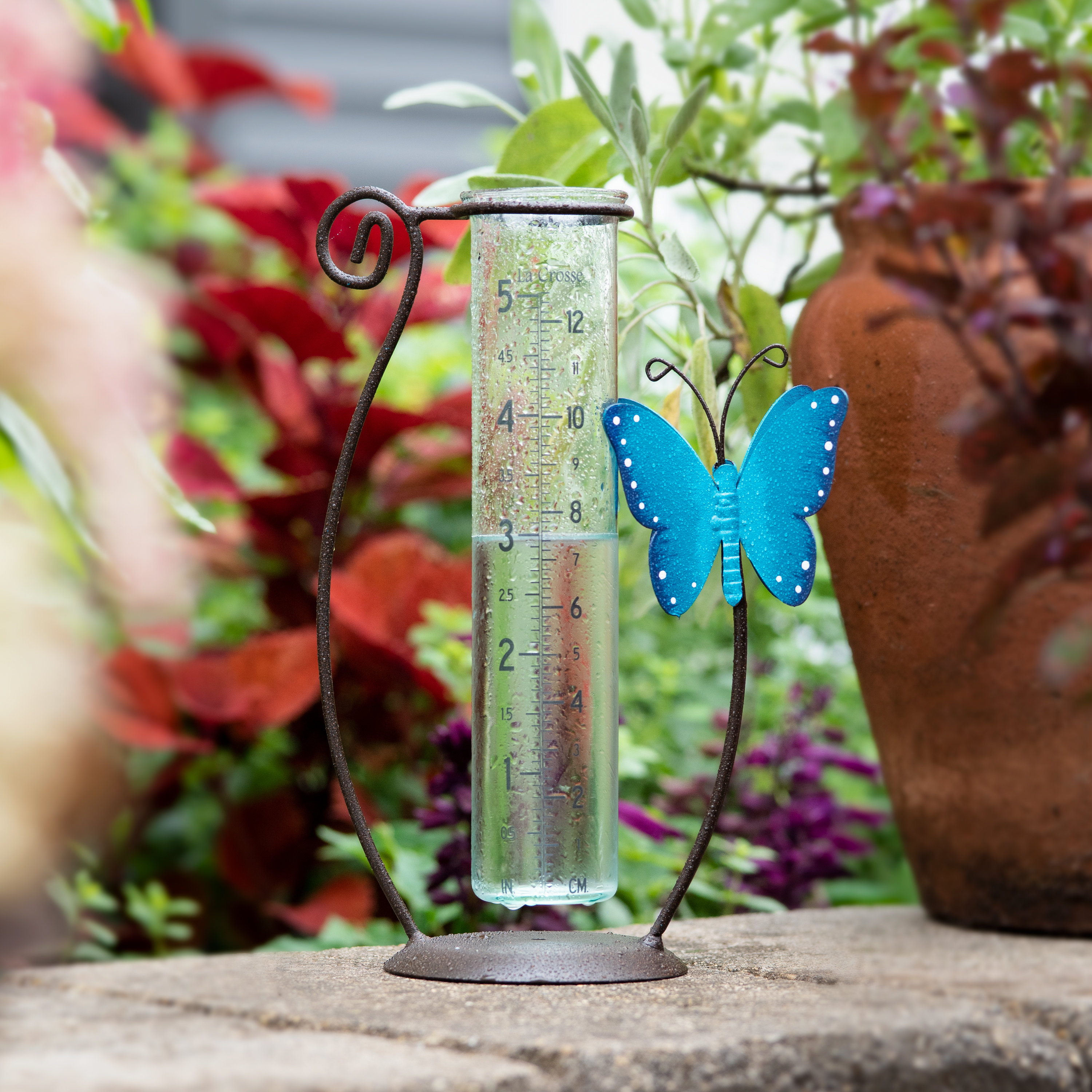The Rain Gauge: Vital Information and Ideal Practices for Weather Condition Enthusiasts
The Rain Gauge: Vital Information and Ideal Practices for Weather Condition Enthusiasts
Blog Article
Do It Yourself Rainfall Gauge: Basic Steps to Make Your Own
Developing your own DIY rain scale is a simple and efficient way to tape and measure rainfall. With simply a couple of usual materials and some basic actions, you can quickly construct your very own rainfall gauge at home. Allow's obtain begun on making your DIY rainfall gauge today!
Gather Materials
To start creating your DIY rainfall gauge, gather all the essential products making use of an extensive list of items. Having the appropriate materials accessible will certainly guarantee the effective creation of your rainfall scale and enable precise dimensions of rains. You will certainly need a clear plastic container or cyndrical tube, such as a plastic container or container. Ensure the container is clear so that you can conveniently see the water degree inside. Next off, you will require a leader or gauging tape to mark the increments on the container. This will certainly enable you to measure the quantity of rains accurately. Furthermore, you will require a permanent marker or water-proof tape to mark the dimensions on the container. When revealed to rainfall, this will ensure that the markings remain visible also. Finally, you will need a tough base or stake to safely hold your rain scale in area. This can be a wood or metal stake that can be put into the ground or a sturdy flat surface to provide security. Gathering these materials in advance will enhance the building process and make sure that you have everything you need to develop your very own DIY rainfall scale.
Prepare the Container

Mark the Measurement Increments
To properly measure the quantity of rainfall, Click Here properly noting the dimension increments on your DIY rain scale is crucial. Without clear and accurate markings, it would certainly be hard to determine the exact quantity of rains accumulated in your rain scale. Here are the steps to note the measurement increments on your rain gauge.
The most common devices for measuring rainfall are inches and millimeters. As soon as you have selected the device, make use of a long-term pen or waterproof paint to mark the increments on the side of your rain scale.
When noting the increments, it is important to ensure that they are evenly spaced and clearly noticeable. Utilize a ruler or gauging tape to ensure accuracy and consistency. Furthermore, see to it that the markings are immune to fading or abrading, as exposure to the components may create them to deteriorate in time.
Place the Rain Gauge Outdoors
The rainfall gauge should be placed outdoors to properly gather rainfall information. The area picked for the rainfall gauge ought to be complimentary and open from any type of obstructions that might possibly impact the measurement of rains. The Rain Gauge.
Additionally, it is crucial to position the rainfall scale on a stable surface, such as a degree ground or a durable post. This will certainly avoid any kind of motion or tilting of the scale, which could bring about unreliable measurements. It is also recommended to avoid positioning the scale near any resources of artificial water, such as lawn sprinklers or drainage systems, as this can disrupt the precision of the measurements.
Monitor and Document Rain Information
Normal tracking and recording of rains data is vital for precise information analysis and interpretation. By keeping an eye on rains dimensions, you can get beneficial insights right into weather patterns, environment fads, and water source management. To efficiently check and tape-record rains data, it is important to establish a routine and maintain consistent practices.
First of all, make certain that your rainfall gauge is placed in an open area away from challenges such as trees or buildings that may block rainfall. In addition, make view publisher site certain the rain gauge is degree and firmly anchored to avoid any kind of activity that might affect the accuracy of the dimensions.

When recording the rains data, it is necessary to note the day and time of each measurement. Use a leader or a determining stick to determine the rains deepness in the rainfall scale, and document this details properly.
To make sure the precision of the measurements, it is recommended to empty the rainfall gauge after each recording. This will stop any kind of overflow or dissipation from affecting subsequent measurements.
Conclusion
To conclude, developing a DIY rain scale is a straightforward and useful way to monitor and record rains data (The Rain Gauge). By following the actions outlined in this short article, you can conveniently collect materials, prepare the container, mark the dimension increments, and place the rainfall scale outdoors. Consistently monitoring and videotaping rainfall data can supply useful information for different objectives
Having the best products on hand will certainly make certain the effective development of your rain gauge and enable for precise dimensions of rainfall.To precisely gauge the amount of rains, precisely noting the dimension increments on your DIY rain scale is crucial.The rain scale ought to be positioned outdoors to precisely collect rainfall data. The area selected for the rainfall gauge ought to be open and totally free from any type of obstructions that could possibly affect the dimension of rainfall.In final thought, creating a DIY rain scale is a useful and simple way to keep an eye on and videotape rainfall data.
Report this page